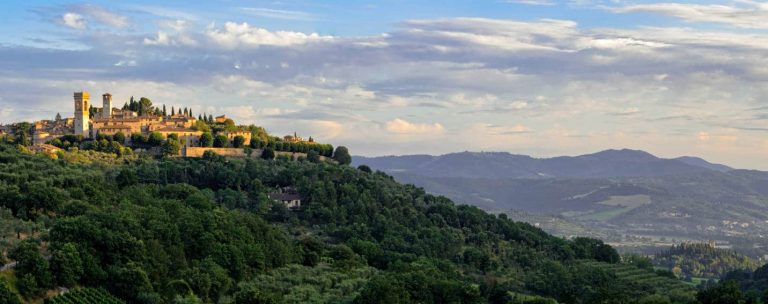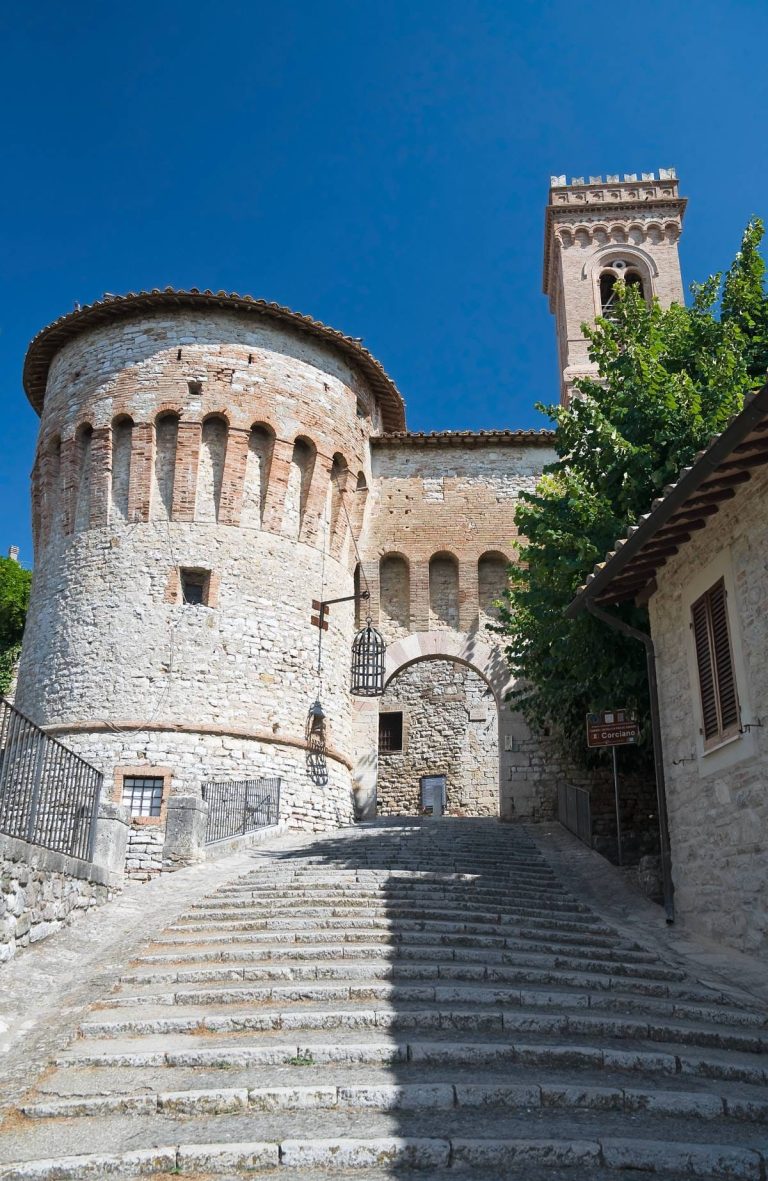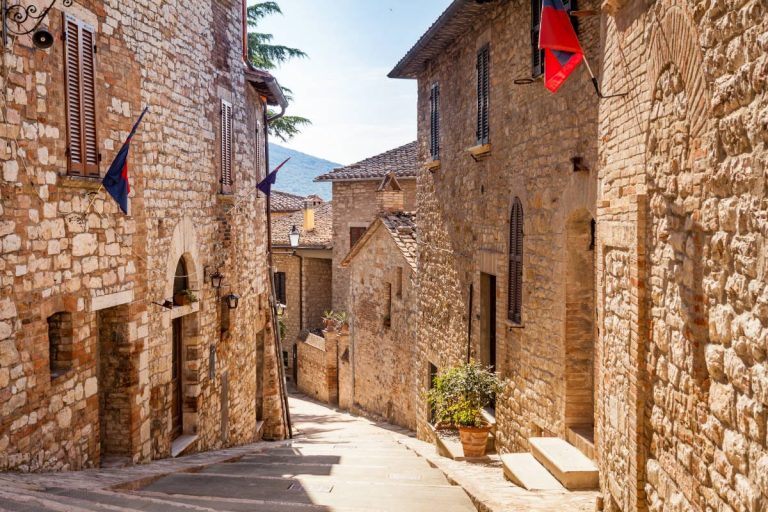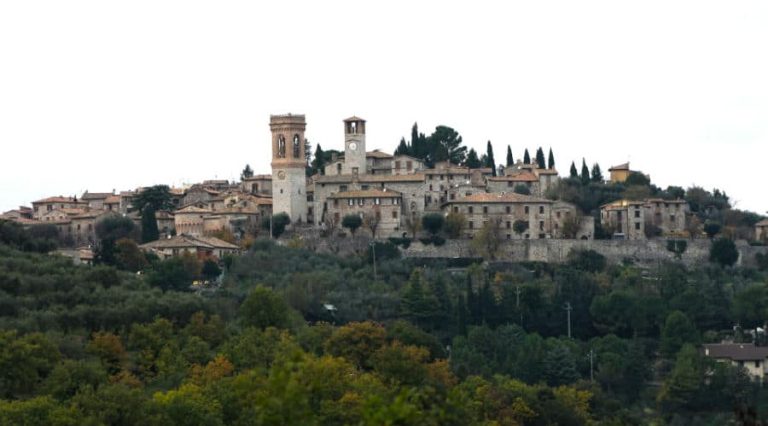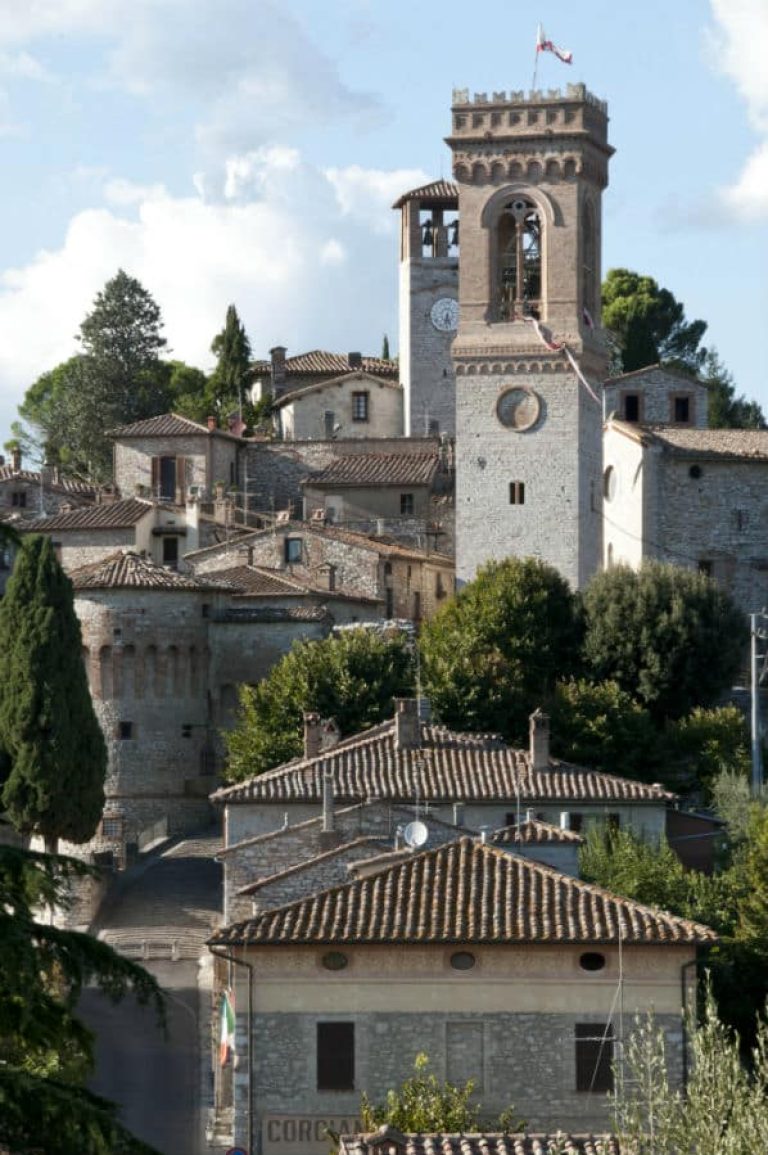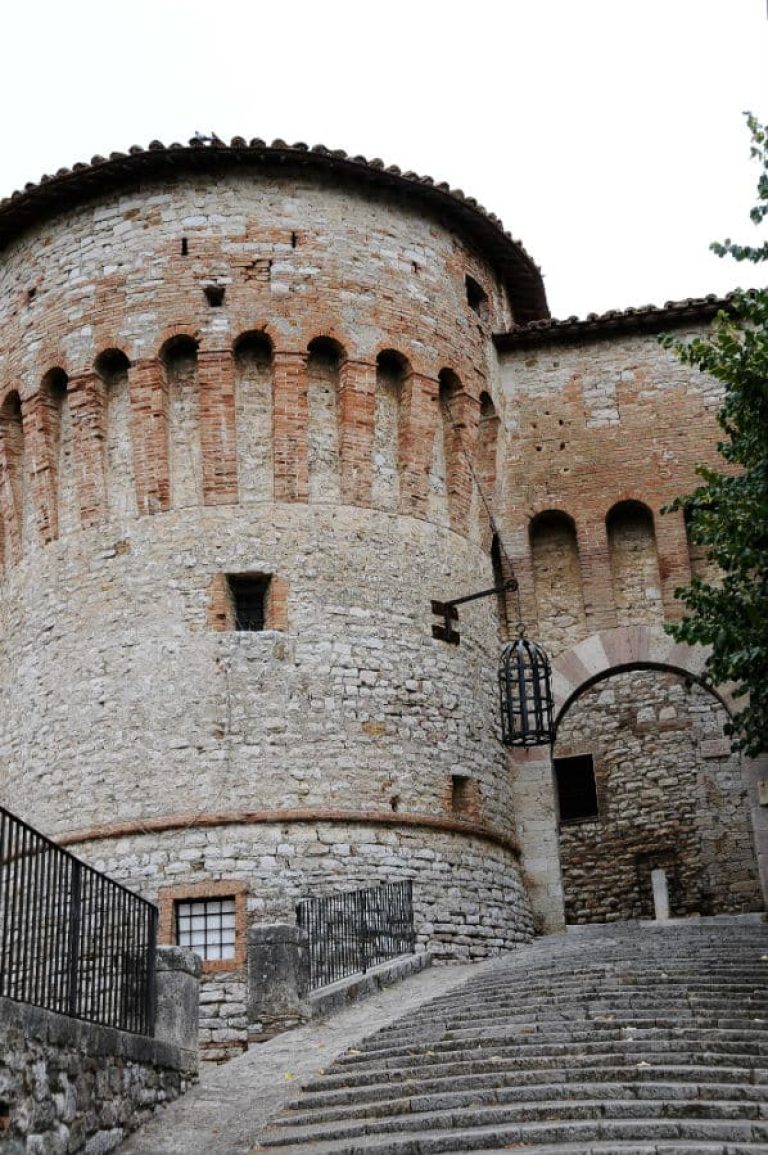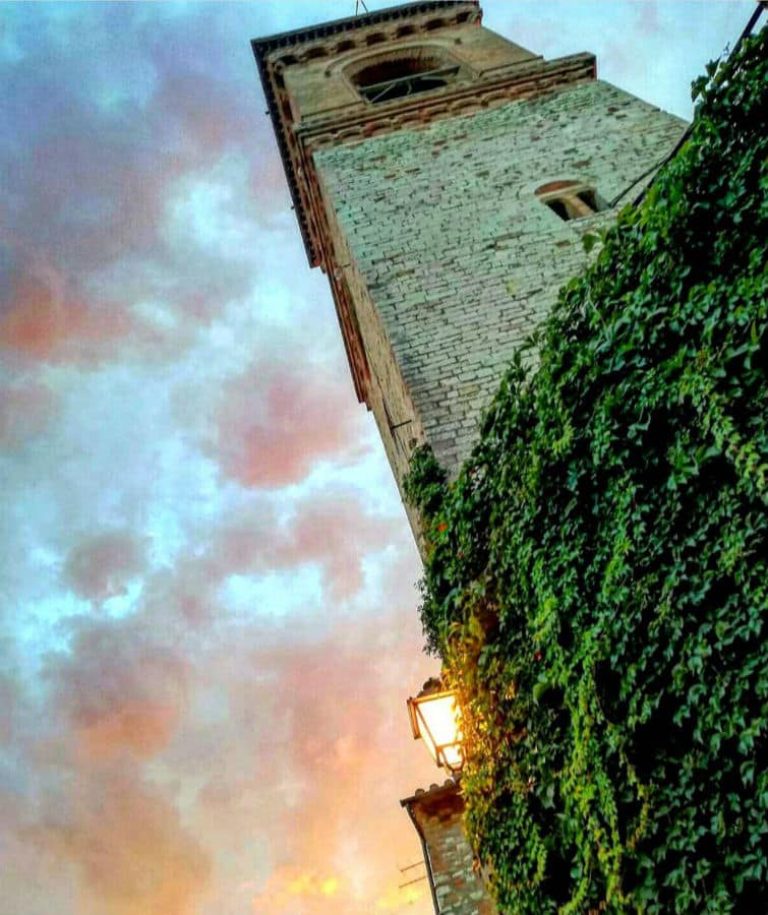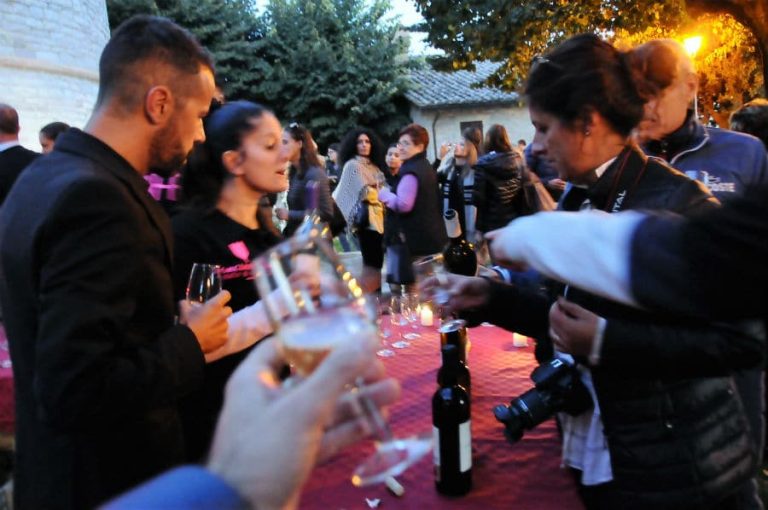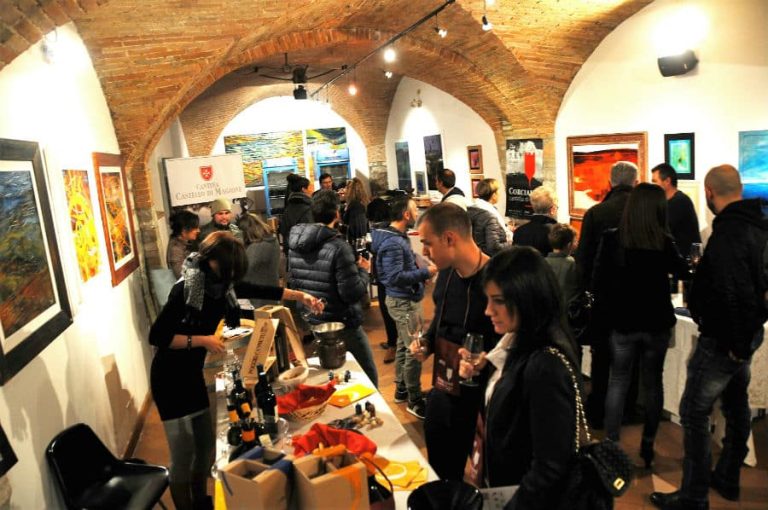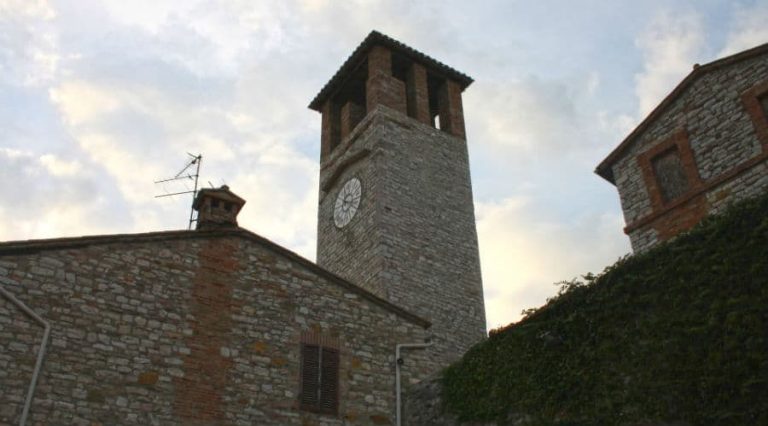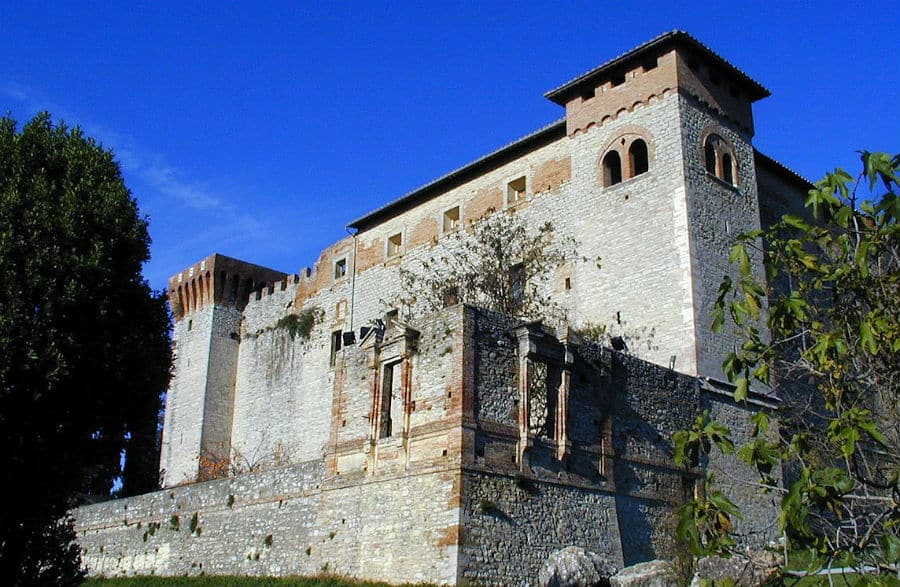Corciano is one of Umbria's most charming villages, an authentic jewel set among the green hills that stretch between Perugia and Lake Trasimeno. Its ancient origins are lost in time: according to legend, it was founded by Coragino, a companion of Ulysses, but its history is well documented since the Neolithic period and developed with the Etruscan and Roman presence, as evidenced by valuable archaeological finds.
The heart of the village is a perfect example of medieval town planning: cobblestone alleys, limestone houses, stairways and secret gardens wind within a still intact city wall, accessible through two historic gates, Porta Santa Maria and Porta San Francesco. The visitor is welcomed by an authentic and evocative atmosphere, where every corner tells a story.
Among the most representative buildings are the Torrione di Porta Santa Maria, the Piazza Coragino with its 16th-century well, the Palazzo Municipale (former residence of the Dukes of Corgna), the Palazzo del Capitano del Popolo and the Palazzo dei Priori. The religious heritage is of the highest value: the Church of Santa Maria Assunta houses Perugino's painting of the Assumption and Benedetto Bonfigli's Gonfalone from 1472, while the Gothic-style Church Museum of St. Francis contains frescoes from the 13th and 14th centuries and an underground burial area with family coats of arms.
Also worth a visit is the Church of St. Augustine, nestled among olive trees on a rise opposite the main hill, with 18th-century paintings and wooden statues. Inside the walls, the Pievania and Casa Contadina museums tell the story of the village's rural and artisan life. Just outside, the Antiquarium on Via Cornaletto preserves prehistoric and Etruscan-Roman artifacts.
Other significant cultural stops include the Castle of Pieve del Vescovo, restored in the 16th century to a design by Galeazzo Alessi, and the Rigo residential complex, designed by Renzo Piano, an example of 20th-century avant-garde architecture.
Corciano is surrounded by lush nature and breathtaking views: from the village you can dominate the Umbrian valleys up to Mount Amiata, passing through Mount Malbe and the Trinity Hill, a nature reserve rich in biodiversity. In the countryside, cereals, vines and olive trees are still cultivated with dedication, while local handicrafts-particularly woodworking-preserve the value of tradition.
A few kilometers away, Solomeo, a restored Renaissance village, is now an internationally known cultural center thanks to Brunello Cucinelli. Here stands the Forum of the Arts, along with the Church of San Bartolomeo and the Monument to Human Valor.
Corciano is a place where time has stood still, but where culture, beauty and memory coexist with timeless elegance. A village that enchants anyone who visits it, between art, nature and history to be lived intensely.


